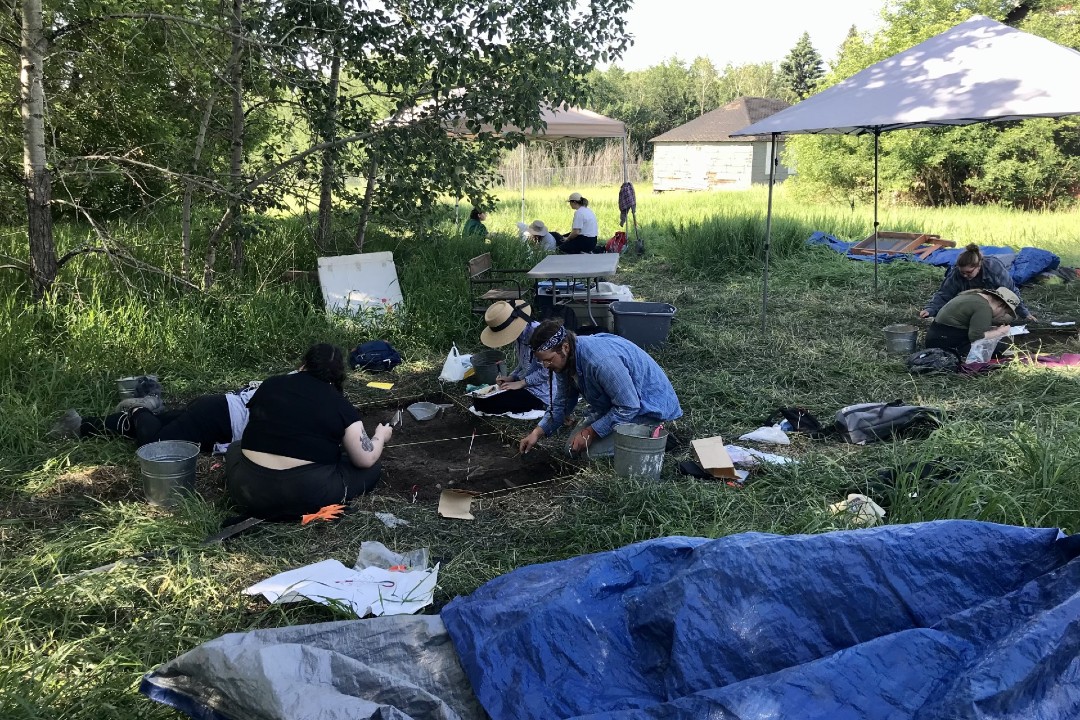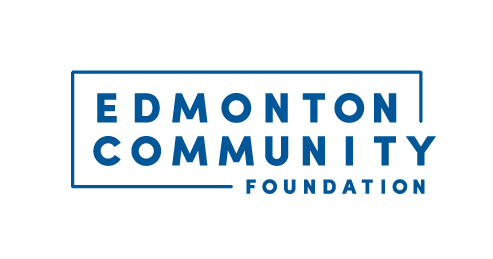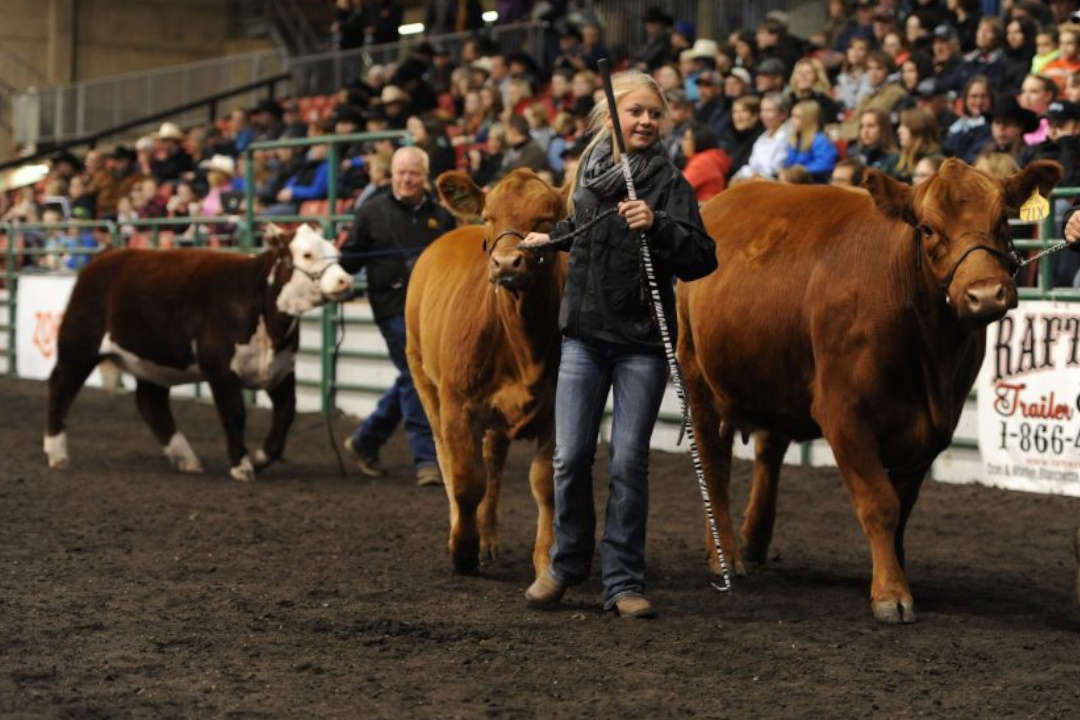
Field school findings reveal pieces of St. Albert's Métis history
Dozens of beads, a French medicine bottle, and an artifact that pre-dates European contact are among the items unearthed by an archeological field school exploring the often overlooked history of Métis people in St. Albert.
Kisha Supernant, the director of the Institute of Prairie and Indigenous Archaeology, will present the findings at a Nov. 13 event called Métis Trash Talking: an Archeological Footprint in St. Albert.
"The main area that we worked in is a disposal area, so there were people who were throwing things away, which is very interesting for archeologists," said Supernant, an associate professor of anthropology at the University of Alberta who ran the field school in May and June.
She'll present alongside Métis knowledge holder Celina Loyer and Rhonda Ashmore, one of the Métis students who participated in the project, at the event, which kicks off Métis Week in St. Albert.
Sixteen students, about half of whom are Indigenous, contributed to the month-long archeological dig at Historic River Lots 23 and 24, the former home of the large and influential Cunningham family.
Christina Hardie, a descendant of the Cunningham family, oversees operations at St. Albert's historic river lots and grain elevators. She said the dig created a personal connection.
"It felt very special not only to have the field school here but to be able to work at a heritage site that gets to interpret St. Albert's Métis history and my family's Métis history," Hardie said.
Hardie added that Alfred Cunningham moved east to the lot around 1910, after a school was built nearby. Métis history such as this doesn't fit neatly into "settler" or "Indigenous" categories, Hardie said, and therefore can easily disappear in historical narratives.
Still, for the first 80 to 90 years of what is now called St. Albert, "it was a Métis place, through and through," she said.






